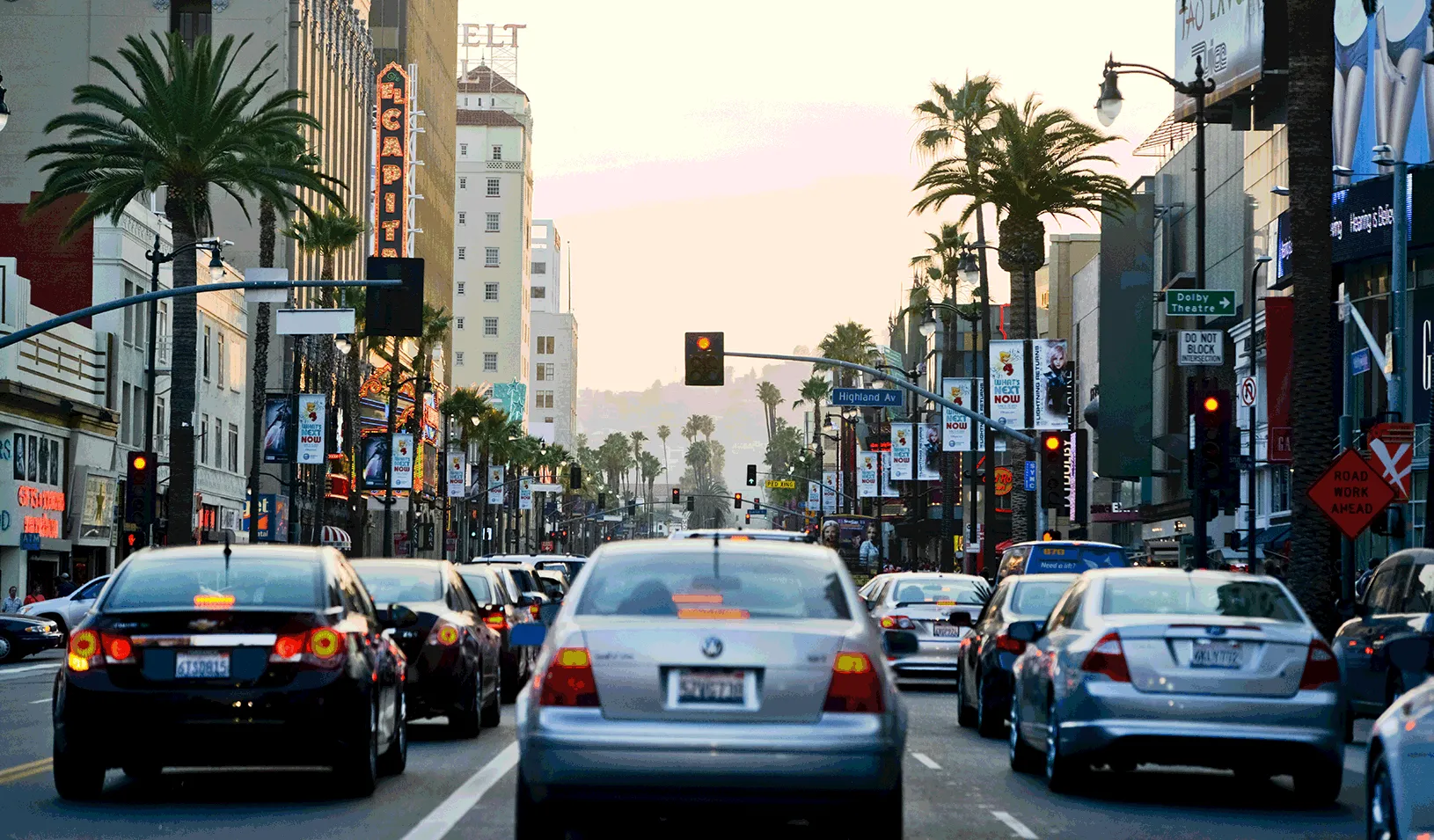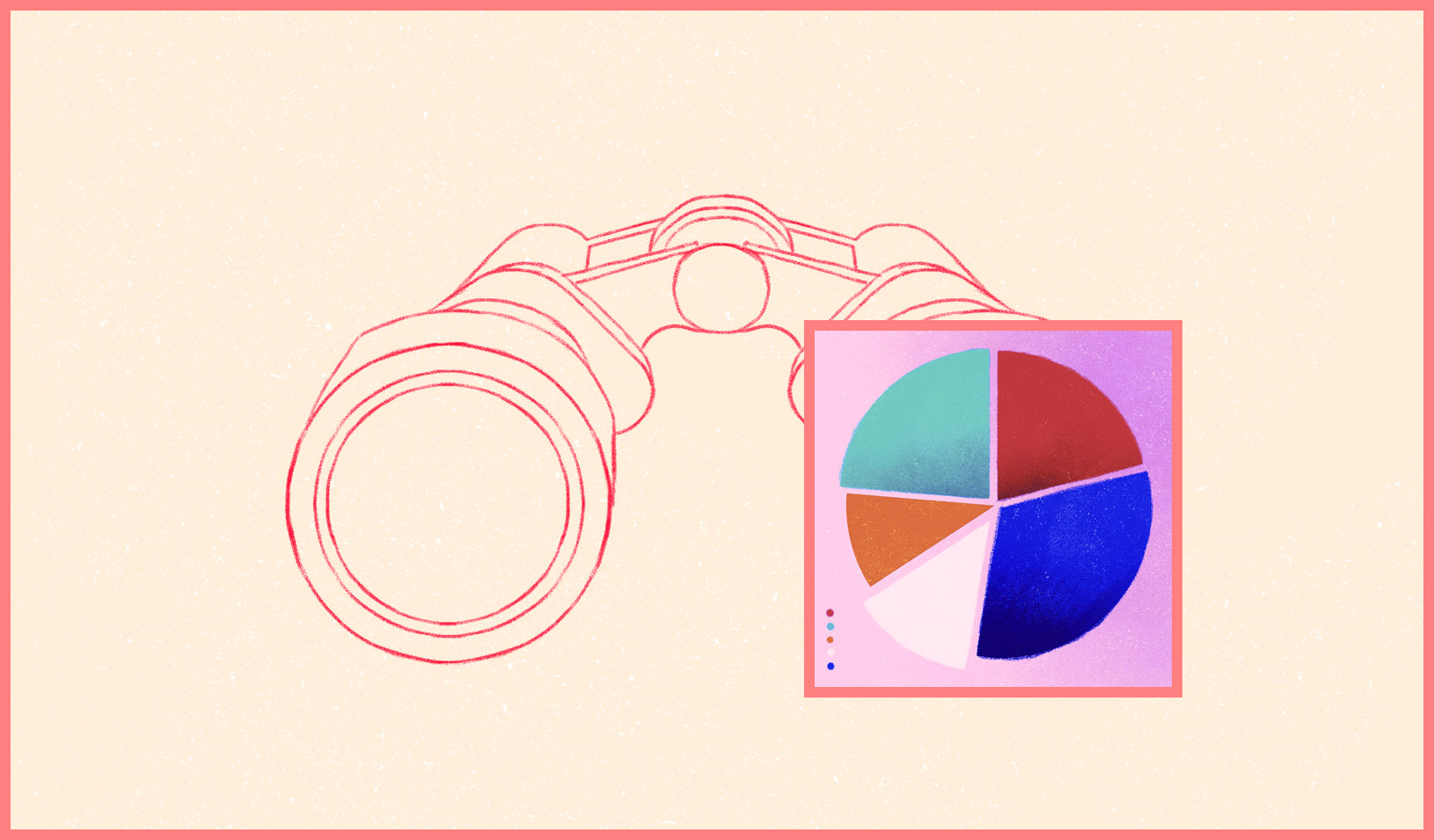New technologies could ease the pain of slow commutes. | iStock/anouchka
Three emerging technologies could soon transform the way we drive and go a long way toward eliminating traffic jams.
In a new paper, Michael Ostrovsky of Stanford Graduate School of Business outlines these technologies — congestion pricing, on-demand carpooling, and self-driving cars — to show that when combined, they will revolutionize our transportation system.
“The stars are now aligned,” says Ostrovsky, a professor of economics who specializes in designing more efficient markets. “The interplay between these three new technologies puts us on the cusp of fundamental changes in how people drive and makes it possible to tackle the congestion problems that have bedeviled planners all over the world for years.”
Congestion Pricing
Economists have argued for years that a well-designed system of road pricing could be the most effective way to reduce congestion. The basic idea is simple: To keep traffic moving smoothly, raise the price of using particular roads when traffic is over their capacity. If the pricing is right, drivers will start making a host of changes: Some will switch to public transit; some will start carpooling; and others will find alternative routes or drive outside of rush hour.
Needless to say, blanket road pricing has never caught on. One obstacle has been political opposition — tolls are rarely popular, and opponents have argued they are particularly unfair to people with low incomes. Until recently, moreover, any kind of ubiquitous system would have required tollbooths everywhere and been prohibitively expensive. It could also create nightmarish obstructions worse than the original problem.
But new technologies make it possible to dramatically reduce those obstacles. Congestion pricing may soon use drivers’ mobile GPS and data communications to charge them tolls for trips down heavily congested roads. Gone is the need for any kind of physical tollbooth. Cars wouldn’t have to stop or even slow down, and the cost of implementing the system would be a fraction of what it would have been in the past. “It would still be expensive to create the basic pricing system, but it can be scaled up at very little cost once you have it,” Ostrovsky says. Meanwhile, of course, drivers wouldn’t have to wait in lines like the ones that form at the Bay Bridge toll station between Oakland and San Francisco.
To be fully effective, however, congestion pricing has to cover all the major roads in a metropolitan area, according to Ostrovsky and co-author Michael Schwarz, chief economist at Microsoft, who earned his PhD at Stanford GSB. If only a few major thoroughfares have tolls, many drivers will find alternative routes and the traffic jams will simply shift to different streets. Ostrovsky calls this the “spillover” problem.
On-Demand Carpooling
Carpooling has long been a way for commuters to split the costs of driving. However, it never became ubiquitous because of various inconveniences associated with it. For instance, traditional carpooling is inflexible: Riders have to be picked up and dropped off at pre-arranged times and places. Anyone who needs to start work early, stay late, or go someplace different is out of luck. According to the U.S. Census, only 9.3% of commuters carpool — and that number includes family members traveling together.
But carpooling is on the brink of its own revolution, Ostrovsky says. Just as Uber and Lyft made it easy to match for-hire drivers with passengers, new services like Waze Carpool and Scoop are starting to make it easy for commuters to match with each other and organize carpools. The new platforms can match passengers heading to similar places, calculate the fastest or cheapest routes, and handle the billing. In time, carpooling could be almost as cheap as riding a bus and almost as convenient as driving solo.
A crucial point, Ostrovsky says, is that flexible carpooling will also make congestion pricing much easier to tolerate. It allows people to share the cost, thus reducing the financial burden of tolls. Commuters could also choose to drive solo, but would then pay the entire cost of tolls.
Those opportunities reinforce the benefits of congestion pricing, because people can choose the way they travel based on their individual preferences about cost and convenience. If congestion pricing creates a more efficient market for traffic, carpooling can increase the efficiency even more. Carpooling gives commuters an opportunity to travel during times of high demand without being forced to pay high prices. As Ostrovsky puts it, “Intelligent tolls and convenient carpooling, deployed together, will work as a ‘shock absorber’ for times when the demand for travel is very high, leading to a higher average number of people per car instead of congested roads.”
Ditching the Driver
The third emerging technology is self-driving cars. When self-driving cars take hold, Ostrovsky says, they will magnify the benefits of the other two technologies. For one thing, a carpooling system based on robo-taxis would be more dependable and reliable than one with human carpool drivers. For instance, if a commuter carpools to work but then the system has trouble finding a convenient carpool match for her return trip home, the system can fall back to having the commuter ride solo, for a part or for all of the trip. And this “fallback” can be done seamlessly for the commuter, saving her the stress and hassle of arranging alternative transportation.
Self-driving cars can also greatly reduce various frictions involved in forming carpool matches, and increase flexibility in the types of carpool matches that can be made. With a self-driving car, for example, the first person to be picked up does not have to also be the last one to be dropped off. The car can go anywhere, mapping routes based on its mix of customers. It also becomes easier to make carpool matches in real time, adjusting the route on the fly.
More broadly, says Ostrovsky, a system based on self-driving cars, carpooling, and tolls will blur the line between public transportation and solo driving, giving commuters access to convenient, reasonably priced door-to-door transit with a small number of stops in the middle.
There is another reason why the arrival of self-driving cars may make tolls and carpooling necessary. Self-driving cars will make commuting easier and more comfortable — for instance, a rider will be able to sleep in the car. This will make longer commutes tolerable. Thus, the arrival of self-driving cars will increase the number of cars on the road. On the flip side, it is also expected that self-driving technology will lead to an increase in road throughput. The overall impact on traffic congestion is ambiguous, but there is a serious danger that traffic will get much worse. In that case, tolls will be necessary to discourage commuters from long solo drives during rush hour. And when tolls are introduced, carpooling becomes more attractive, because it allows riders to share the costs.
Takeaways from New Research
Ostrovsky and Schwarz analyzed these new dynamics to determine best principles for future policy and developed a computationally tractable methodology that could be used to set road prices. Their analysis also produced several general conclusions.
First, you do not need to impose a charge for every road at every moment of the day. You only need to impose a charge when demand is above the road’s capacity. If the traffic is flowing smoothly even without a charge, there is no benefit to charging a price that reduces the traffic even more. In fact, charging a price for an uncongested road would actually reduce incentives for people to drive at times when traffic is lower.
Second, you do not need to micromanage every detail. If you set appropriate road tolls and have a well-functioning market for carpooling, there is no need for regulators to force commuters into arrangements they don’t want. The carpooling decisions that people make in their own self-interest will end up being good for the city as a whole.
However, it is not a good idea to leave everything in the hands of market forces. If a road’s prices are set by a private company, for example, the owners would want to collect tolls all day and every day, including the times when roads are underutilized. While this would be great for the private company’s bottom line, such tolls would be detrimental to the commuters and reduce overall efficiency.
To be of maximum benefit, the researchers warn, road pricing should be set by a public authority with a city’s broadest public interest in mind.
“Traffic congestion is a major issue worldwide, imposing a serious burden on individuals and families and causing a host of other problems, such as wasted fuel and environmental damage,” Ostrovsky says. “We hope that the combination of intelligent road pricing, convenient carpooling, and eventually autonomous transportation will help solve this problem, and we view our proposed framework as a step toward the solution.”
For media inquiries, visit the Newsroom.






